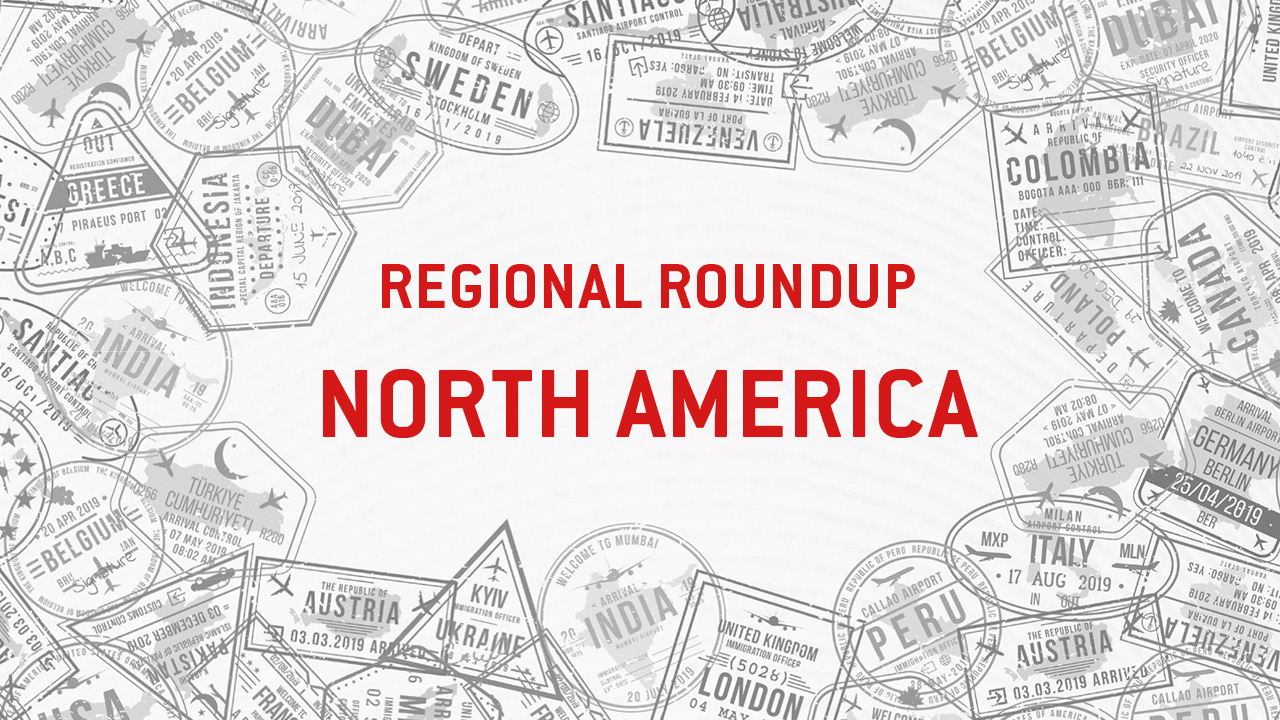North America: Companies look to grow in tight labor market
With an unemployment rate of 4.1 percent, businesses are increasing automation and upping benefits.

After a year dogged by high interest rates, the US closed out 2024 on a strong economic note. Inflation is under control at 2.4 percent, and the Federal Reserve has reduced interest rates to 4.5-4.75 percent.
According to Mordor Intelligence, the North American label market is valued at 9.8 billion USD in 2024, with a CAGR of 3.53 percent and is expected to grow to 11.68 billion USD in 2029.
For much of 2024, high interest rates and an uncertain political environment caused by the presidential election made many labeling businesses reluctant or unable to invest in capital expenditures and hire new employees. At the same time, many press operators, particularly those skilled workers operating flexo presses, are aging out of the industry, and so converters held tight to the employees they did have. While there was an occasional bump in hiring, such as around Q2, hiring remained stagnant for much of the year.
With recent decreases in the interest rate, many companies are looking to grow in the last quarter of 2024. However, employers face challenges, according to Claudia St John of The Workforce Advisors during a recent TLMI webinar.
“Every converter at this point in time, and every supplier as well, is looking at ways that they can put in place automation as a means of lessening the pressure from workplaces”
With a 4.1 percent unemployment rate in the US – what economists consider full employment – finding workers is difficult. Only about 7 million unemployed Americans are currently looking for work.
There are several ways companies have been addressing this issue.
One strategy has been through technological innovation, particularly increasing automation, adding AI and improving ease of use. Labelexpo Americas 2024 saw exhibitors showcasing technology leaning into this trend.
One example was a collaborative project by Martin Automatic, ETI Converting, Lemu Group and Lundberg Tech. The four companies partnered to show how their complementary technologies could boost productivity through an integrated production line they demonstrated across four booths and one walking aisle. This production line transformed raw materials into finished labels in a single pass in real time on its own. It was also a working job for Midwest-based Channeled Resources.
Another highlight was the 26in-wide FA-26 by Nilpeter, which made its US debut at Labelexpo. The FA-26 can ramp up to 820ft/min and adjust web tension and pressure automatically. It can also control registration automatically with a new color-based camera system.
‘With our flexo technology, we can address many of our customers’ challenges, especially with our increased focus on digitalization and automation in our machines,’ says Martin Teilberg, Nilpeter’s global marketing manager.
Other presses with automation features at Labelexpo Americas were Mark Andy’s 26in-wide Performance Series S9 press; Bobst’s Digital Master 340 hybrid press, which is capable of automatic quality inspection setup and has an upgraded automatic nozzle compensation system; HP Indigo’s 6K press with its Intelligent Automation workflow; and Durst’s Tau RSCi press, which has a new Hawk AI quality control system that reduces waste and improves print quality.
‘Every converter at this point in time, and every supplier as well, is looking at ways that they can put in place automation as a means of lessening the pressure from workplaces, and whether that’s through robotics or whether that’s through a digital press or whether that’s through certain automation of their customer service functions — maybe that’s offshoring some of their customer service functions,’ St John says. ‘Businesses are looking at all different ways to ensure that they are addressing what they see as an impending concern.’
Artificial intelligence
AI is another technology that companies are increasingly implementing to address workforce challenges.
At Pack Expo in Chicago in November, Andy Lomasky, senior director of IT at PMMI, spoke about the potential of AI to increase productivity.
‘We can use AI to train machinery and robots, and, of course, that increases efficiency,’ Lomasky says. ‘When you’ve got a robot that can work 24 hours a day, seven days a week and can think for itself when an anomaly arises, when something goes wrong on the line or when something changes, a parameter changes, there’s just a tremendous amount of potential there to keep the lines running, keep the lines producing.’
In recent years, companies have adopted AI to automate quality control. AI is now also being used to schedule shifts, such as with Cerm’s AI-powered Scheduling Optimizer, launched at Labelexpo Americas 2024.
Workplace culture
St John says she is seeing companies hiring from less conventional pools of employees they may not have previously considered, such as refugees, spouses of those serving in the military, rehabilitated ex-convicts or people with disabilities.
St John has also seen companies examining how they can increase benefits, including health insurance, retirement benefits and more flexible leave.
St John notes that employers can also provide some less traditional benefits, such as sabbaticals, pet insurance and four-day workweeks.
‘Retention is the name of the game beyond hiring,’ St John says.
Interested in market trends from around the globe? Click here to explore the special edition of Labels & Labeling magazine, featuring regional roundups highlighting key developments and insights from around the world. Don’t miss this global perspective on the industry!
Stay up to date
Subscribe to the free Label News newsletter and receive the latest content every week. We'll never share your email address.


